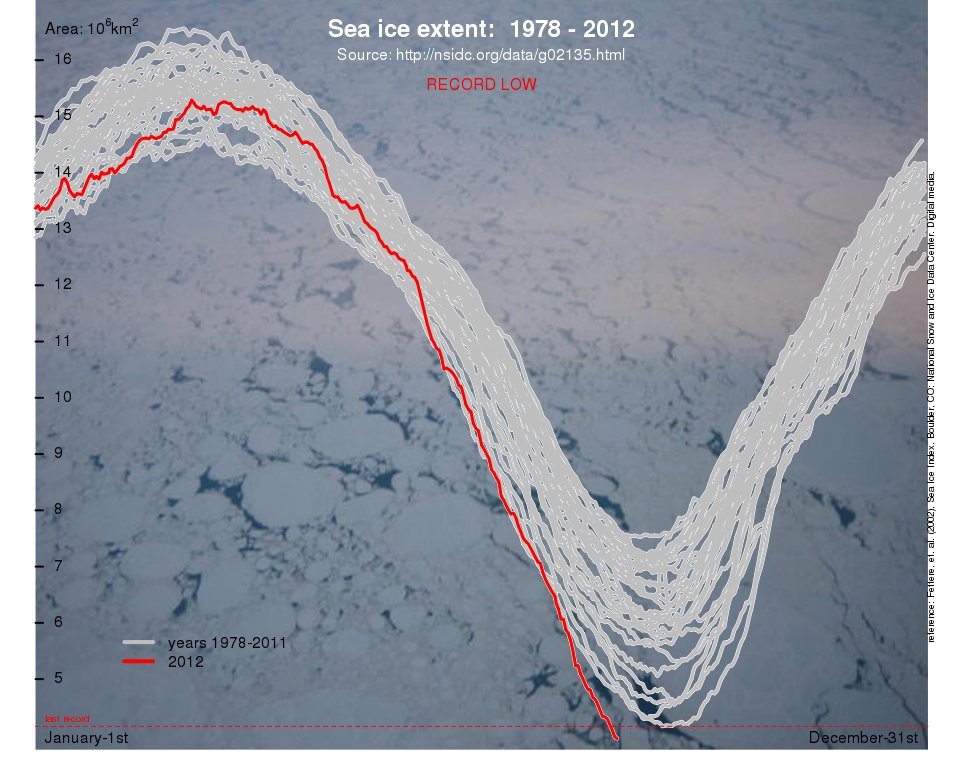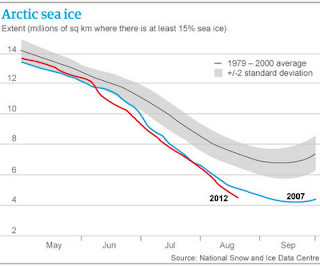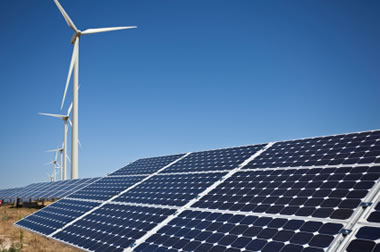Global food prices jumped 10% in July from the month before, driven up by the severe Midwest drought which has pushed the price of grains to record levels, the World Bank reported Thursday. [Los Angeles Times]
The World Bank issued a global hunger warning last night after severe droughts in the US and eastern Europe sent food prices to a record high. [Guardian]
The League of Conservation voters has started a petition drive calling on PBS's Jim Lehrer, the moderator of the first presidential debate, to force the candidates to answer questions about climate change. [New York Times]
After ignoring the issue of global warming since he began his 2012 run for the White House, Republican nominee Mitt Romney is now invoking it to illustrate a key difference issue between him and President Obama. [National Journal]
While climate change hasn't played a big role in the 2012 White House campaign, a new report claims that this summer's weather shows an urgent need to address the issue. [The Hill]
Interior Secretary Ken Salazar said Thursday that Royal Dutch Shell would be allowed to start "certain limited preparatory activities" for oil drilling in the environmentally sensitive waters off Alaska's northwest coast. [Washington Post]


























